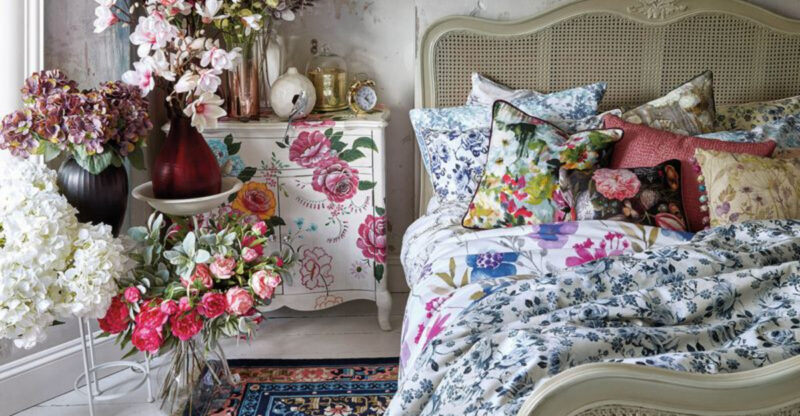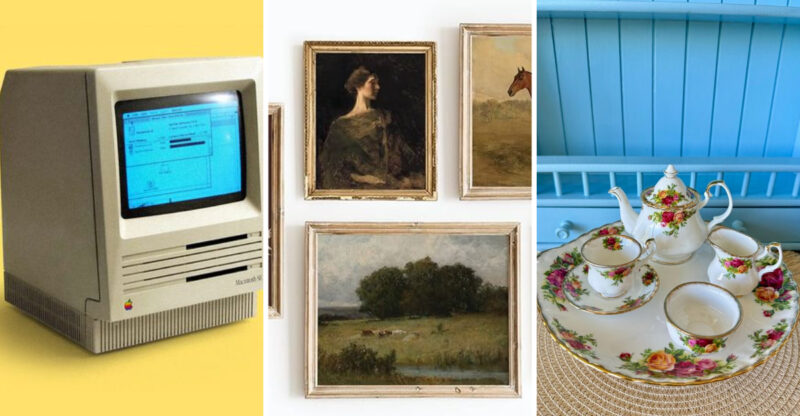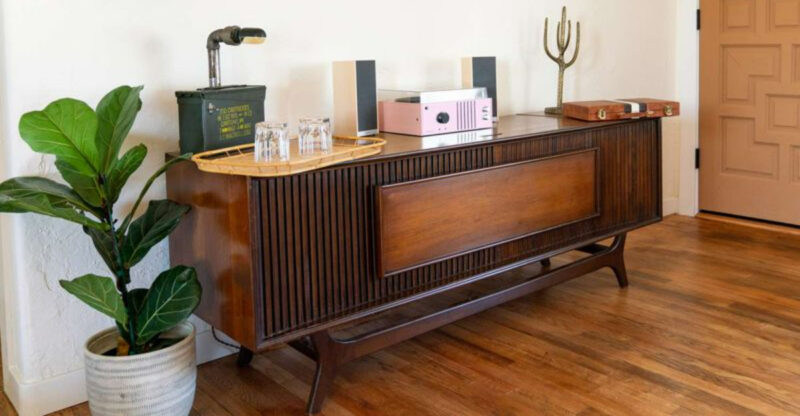22 Living Room Features That Are Super Outdated, According To Designers
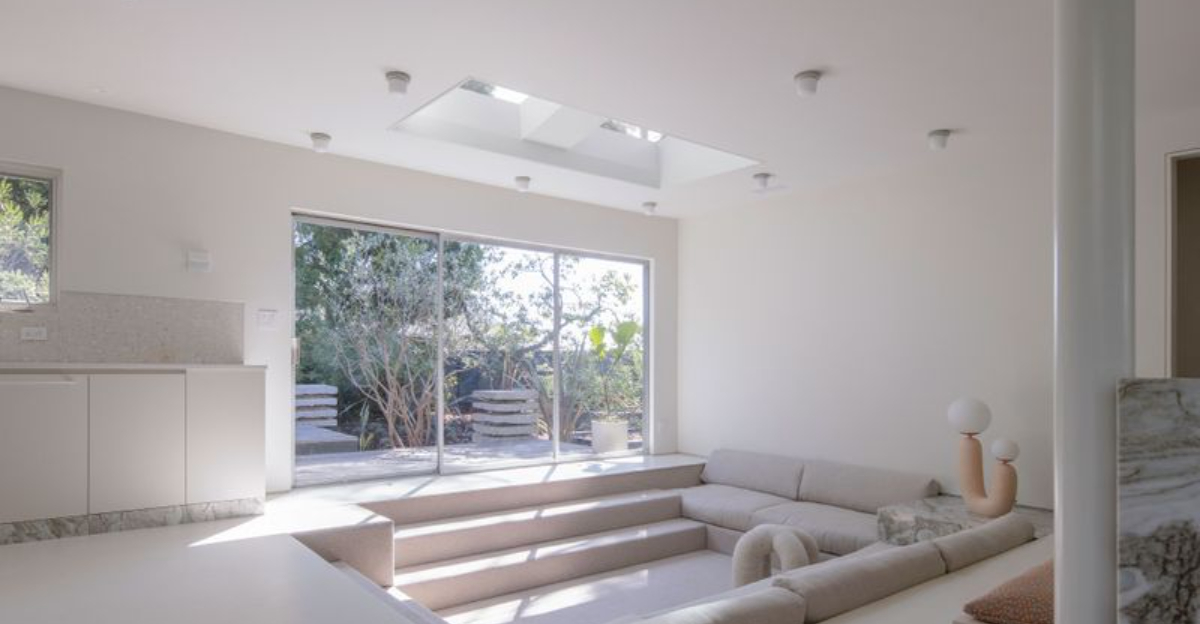
Your living room speaks volumes about your style and taste. As design trends evolve, certain features that once dominated home magazines now make designers cringe.
Whether you’re planning a renovation or just curious about current trends, knowing which living room elements have fallen out of favor can help you create a more contemporary space.
1. Matching Furniture Sets
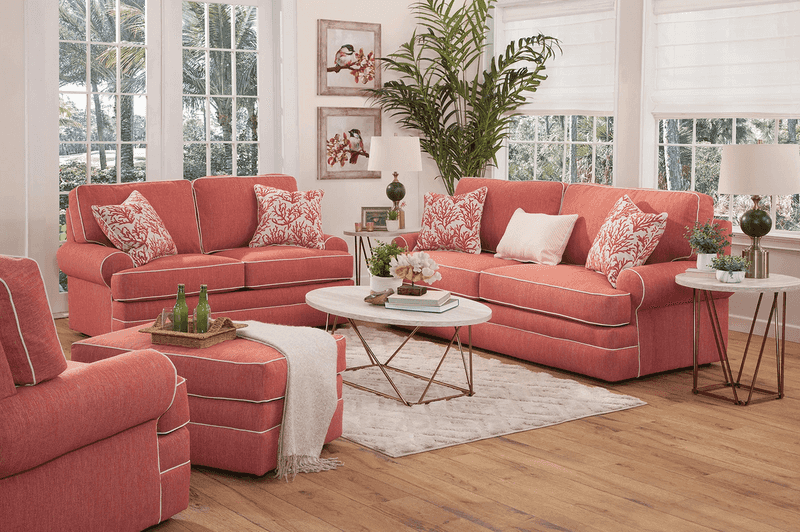
Gone are the days when everything needed to match perfectly. Modern design embraces eclectic combinations that tell a story.
Matching furniture sets feel like they came straight from a showroom catalog rather than reflecting your personality. Mix complementary pieces instead for a curated, collected-over-time vibe that brings character to your space.
2. Tuscan-Inspired Everything
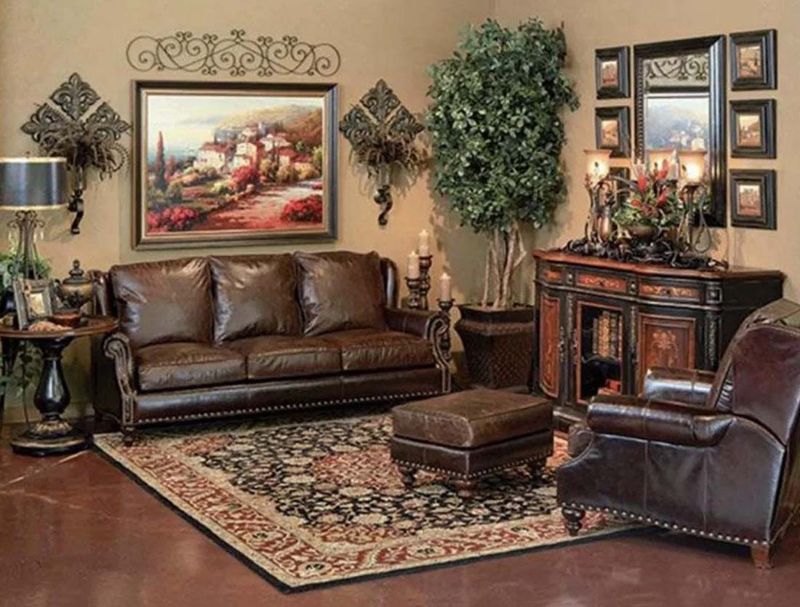
Remember that faux Mediterranean phase? Heavy wrought iron, terracotta colors, and grape motifs dominated many homes in the early 2000s.
Tuscan-inspired decor now feels dated and overly themed. Designers recommend replacing these heavy elements with lighter, more timeless pieces that don’t transport you to an Italian villa restaurant chain from twenty years ago.
3. Accent Walls In Bold Colors

That single burgundy or forest green wall no longer impresses design professionals. The stark contrast often feels jarring rather than sophisticated.
Accent walls had their moment but now seem like a half-committed design choice. Designers suggest either embracing color throughout the space in a cohesive way or using large artwork and textiles to add visual interest without the permanence.
4. Overstuffed Leather Recliners

While comfort matters, those bulky leather thrones commanding center stage in living rooms scream early 2000s man cave. Functionality shouldn’t mean sacrificing style.
Bulky recliners overwhelm spaces and create visual heaviness. Today’s alternatives offer sleeker profiles with clean lines that still provide comfort but don’t dominate the room’s aesthetic or take up unnecessary visual and physical space.
5. Wall-To-Wall Carpeting
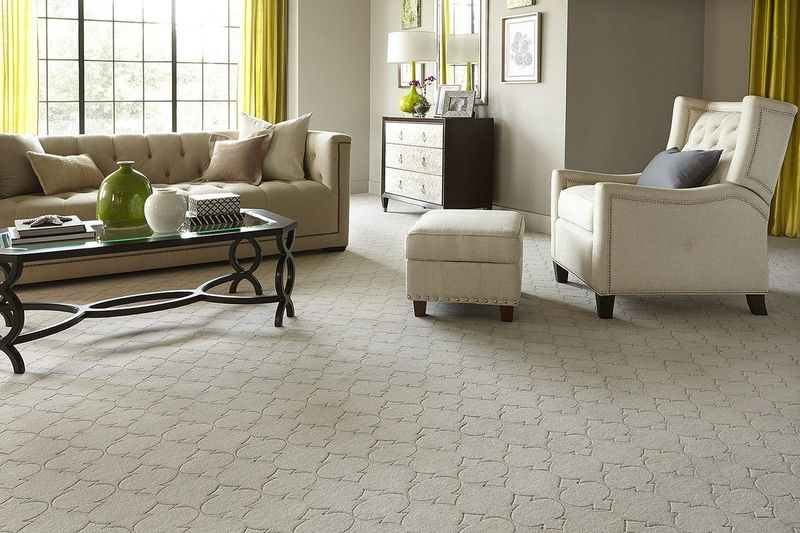
Soft underfoot but hard on style, wall-to-wall carpeting has fallen firmly out of favor. Especially those beige or tan varieties that show every spill and stain.
Carpeting throughout living spaces feels dated and often harbors allergens and odors. Modern living rooms feature hardwood, luxury vinyl, or tile flooring paired with strategically placed area rugs that add warmth while being easier to clean and replace.
6. Excessive Throw Pillows

Having to remove fifteen pillows before sitting down has become a running joke for a reason. Functionality matters in real homes that people actually live in.
Too many throw pillows create visual clutter and practical frustration. Design experts suggest limiting pillows to 3-5 thoughtfully selected ones that complement your space rather than overwhelming it with a mountain of mismatched cushions nobody can use comfortably.
7. Heavy Window Treatments
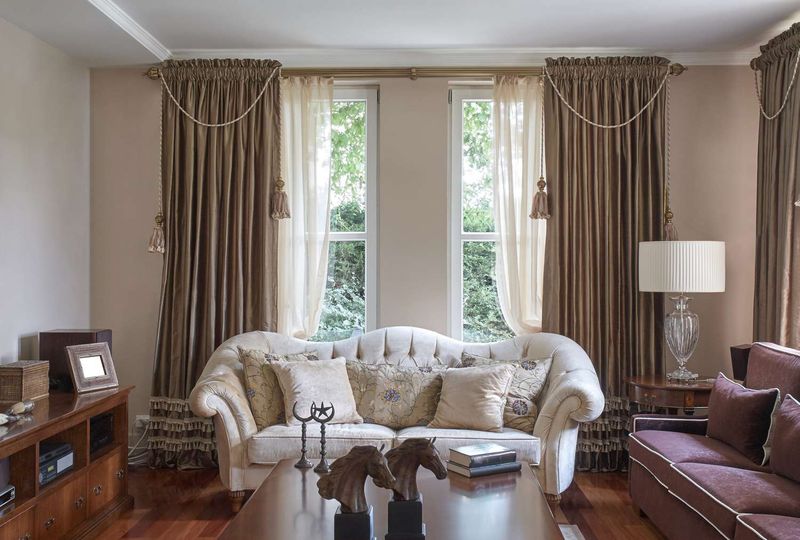
Natural light gets completely blocked by those ornate, multi-layered window coverings from decades past. Swags, jabots, and heavy valances create visual weight that modern spaces avoid.
Elaborate window treatments collect dust and make rooms feel smaller and darker. Contemporary designers prefer simple, functional options like tailored panels, roman shades, or minimalist blinds that frame views without the fussy excess fabric and outdated formality.
8. TV Entertainment Centers
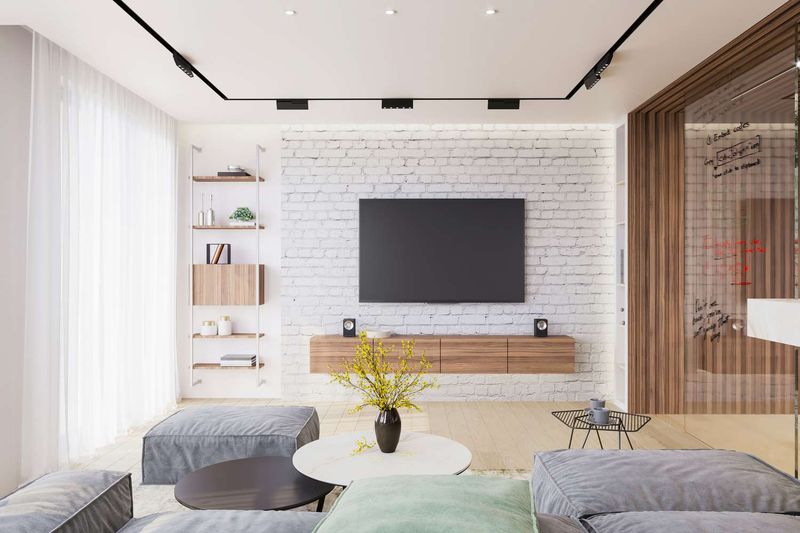
Those massive wood entertainment centers designed for bulky tube TVs have no place in modern homes. They consume precious floor space and look completely disproportionate with today’s slim screens.
Entertainment centers from the 90s and early 2000s feel clunky and outdated. Current design favors wall-mounted televisions paired with floating consoles or streamlined media units that don’t dominate the entire wall with unnecessary bulk.
9. Word Art And Inspirational Quotes
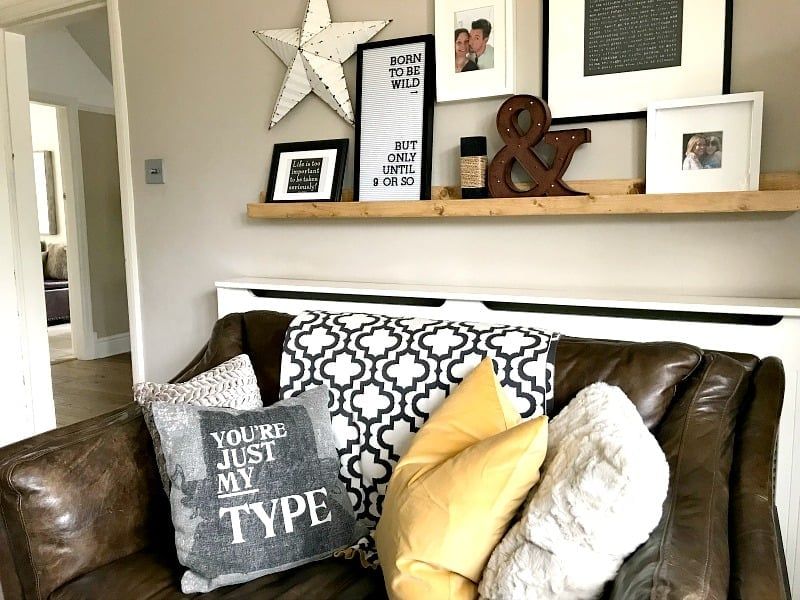
Sorry, but your “Live, Laugh, Love” sign has overstayed its welcome. Mass-produced word art has saturated homes to the point of becoming visual white noise rather than meaningful decoration.
Designers cringe at generic typography signs that offer no personal connection. Instead, they recommend investing in original artwork or photographs that genuinely reflect your interests and experiences rather than clichéd phrases that could hang in any home.
10. Shag Carpeting
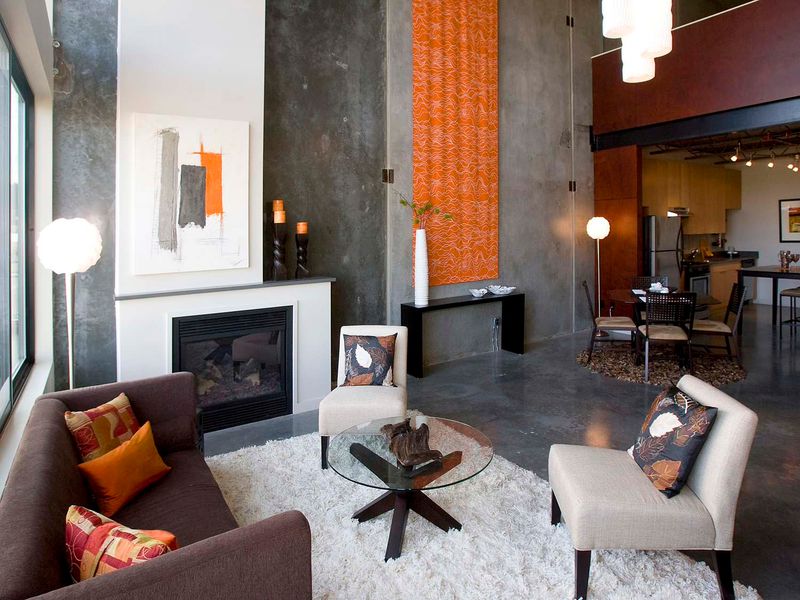
The ultra-deep pile carpeting that was once the height of luxury now reads as a relic from the 1970s. Beyond looking dated, these rugs trap dust and are nearly impossible to clean properly.
Shag carpets have made brief comebacks but never with staying power. Contemporary designers prefer low-pile area rugs with subtle textures or interesting patterns that add sophistication without the maintenance nightmare or the unmistakable timestamp of shaggy floor coverings.
11. Popcorn Ceilings
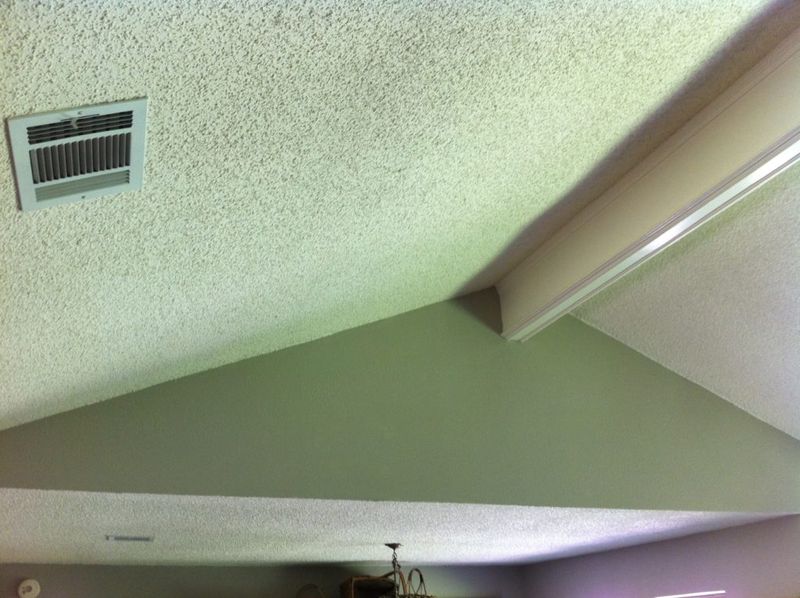
Looking up shouldn’t make you cringe. Those textured “cottage cheese” ceilings were once practical for hiding imperfections but now instantly date a room.
Popcorn ceilings collect dust, are difficult to clean, and create harsh shadows. Modern design embraces smooth ceilings that reflect light beautifully, or intentional ceiling treatments like subtle texture, paint color, or even statement lighting that draws the eye upward for the right reasons.
12. Fake Plants Collecting Dust

Artificial greenery from decades past bears little resemblance to actual living things. Faded, dusty silk arrangements fool absolutely no one and add a neglected vibe to any space.
Fake plants from previous eras look obviously plastic and dated. Today’s alternatives include either high-quality faux botanicals that actually resemble their living counterparts, or better yet, real low-maintenance plants that purify air and bring genuine life to your living area.
13. Vertical Blinds
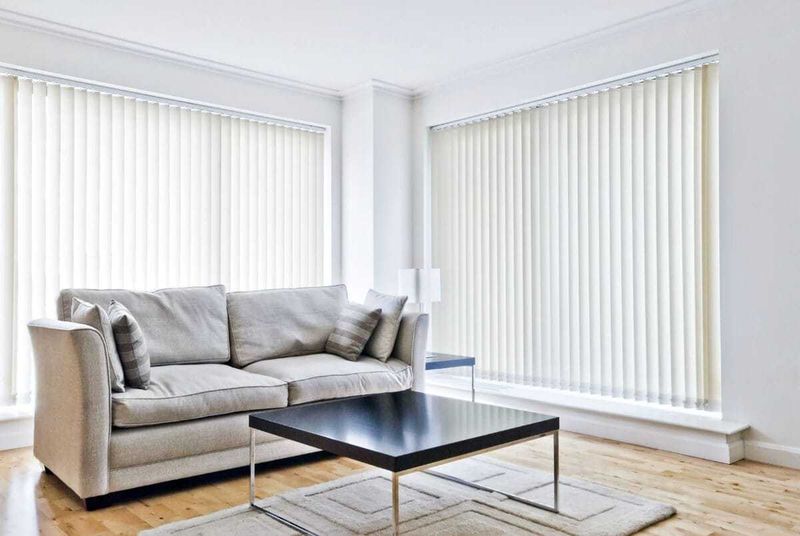
Those clicking, clacking plastic strips that never hang quite right have fallen decidedly out of favor. They may have been functional for sliding doors, but they’re undeniably institutional-looking.
Vertical blinds remind designers of office buildings and rental apartments from the 1980s. Modern alternatives include panel curtains, sliding screens, or specially designed horizontal blinds that provide the same functionality with significantly more style and less noise when disturbed.
14. Overly Themed Rooms
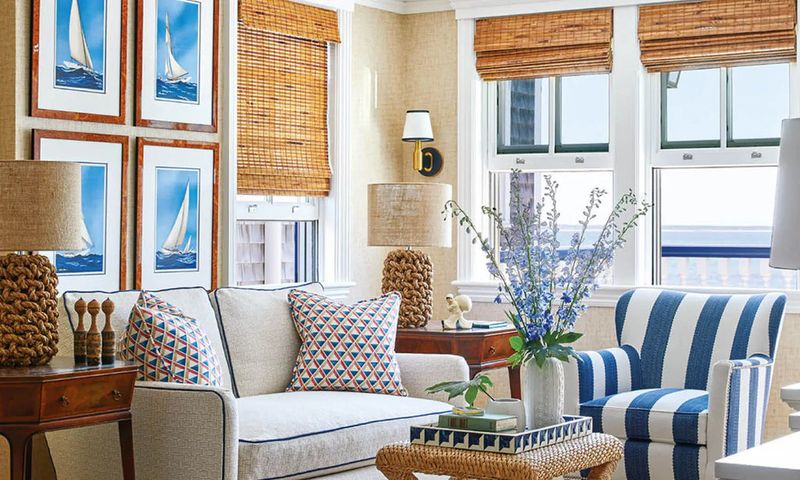
Fully committing to beach, nautical, or rustic cabin themes makes spaces feel like vacation rentals rather than sophisticated homes. Balance and subtlety matter in contemporary design.
Theme-heavy rooms with matching accessories overwhelm visitors with their commitment to a single concept. Today’s designers prefer incorporating thematic elements as subtle accents within a more cohesive and personal design scheme that can evolve over time without a complete overhaul.
15. Glass Block Walls
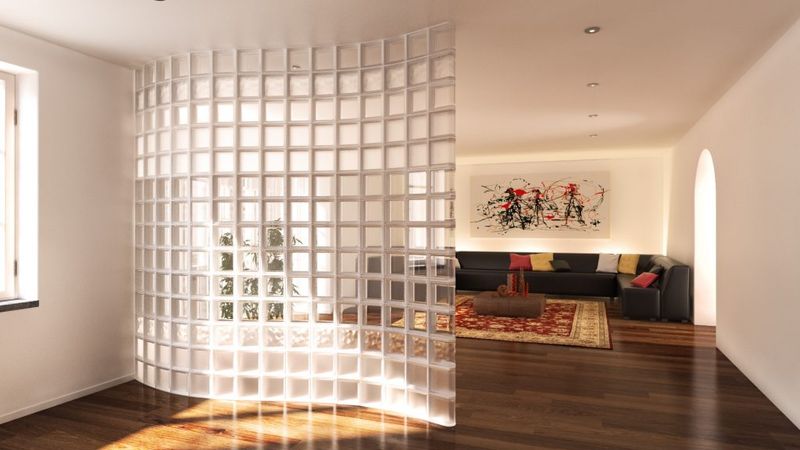
Popular in the 1980s and 90s, these translucent dividers once seemed futuristic but now feel distinctly retro – and not in a good way. Their bubbly appearance creates dated division in open-concept homes.
Glass blocks create a very specific timestamp in a home. Contemporary alternatives include steel-framed glass partitions, sliding doors, or strategically placed furniture groupings that define areas without the permanent, chunky visual obstruction of block walls.
16. Tufted Furniture With Crystals
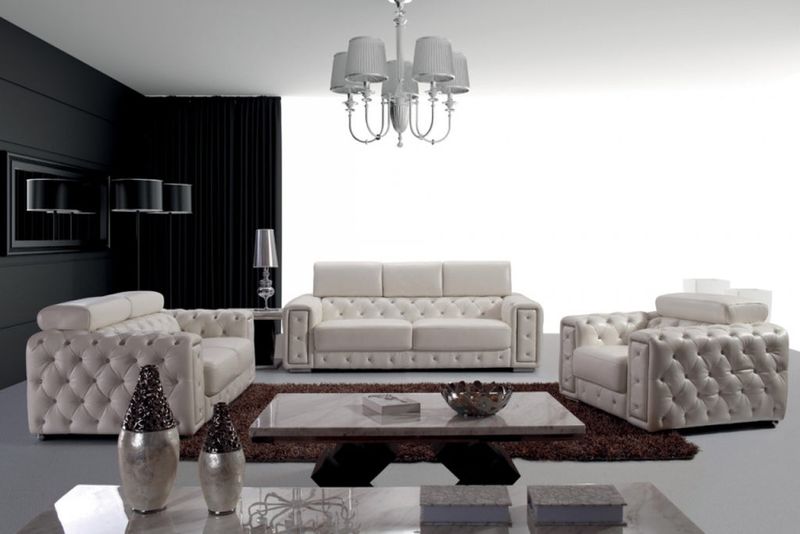
Ultra-glam furniture dripping with crystal buttons and high-shine fabrics creates a dated impression of luxury. These pieces often look like they’re trying too hard to impress.
Overly tufted furniture with bling embellishments feels reminiscent of early 2000s nightclubs. Modern luxury embraces quality materials, exceptional craftsmanship, and subtle details rather than obvious crystal buttons and shiny synthetics that quickly look worn and dated.
17. Diagonal Tile Flooring
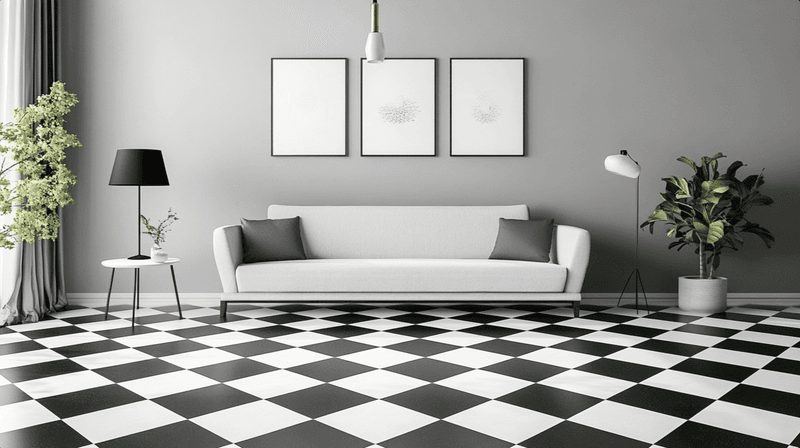
Setting square tiles on a 45-degree angle was once considered the height of sophistication. Now this layout creates visual busyness and instantly dates a space to a specific era.
Diagonal tile patterns make rooms feel chaotic and draw attention to the floor for the wrong reasons. Contemporary flooring installations favor straight layouts, herringbone patterns, or large-format tiles that create a sense of spaciousness and timeless elegance without the dizzying diagonal lines.
18. Wallpaper Borders
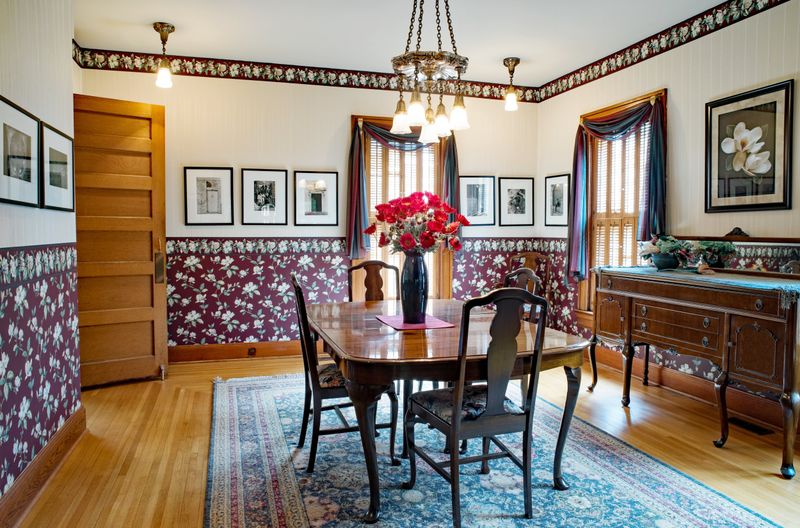
Those narrow strips of patterned paper running along the ceiling line were once in every stylish home. Their dated patterns and arbitrary placement puzzle modern designers.
Wallpaper borders chop up walls visually and create an unmistakable 1980s-90s timestamp. Current wall treatments favor either full accent walls with contemporary wallpaper designs or clean, borderless paint that allows architectural features and artwork to become the focal points.
19. Frosted Glass Light Fixtures

Those cloudy glass dome lights found in countless homes provide uninspiring illumination and zero visual interest. Their generic appearance fails to enhance any design scheme.
Frosted flush-mount fixtures became builder-grade standards but lack personality. Modern lighting makes a statement with interesting shapes, materials like woven fibers or metals, and thoughtful placement that creates layers of light throughout the room rather than a single bland ceiling fixture.
20. Oversized Brown Leather Sectionals
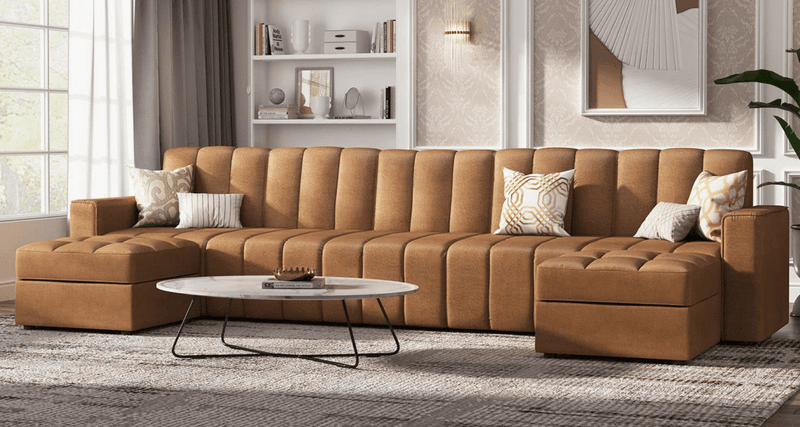
Massive, overstuffed leather seating that dominates the entire room has lost its appeal. These behemoths often feature chunky rolled arms and backs that consume valuable space.
Bulky brown leather sectionals feel reminiscent of sports bars rather than sophisticated homes. Current design favors more tailored proportions, lighter visual weight, and thoughtful placement that allows for conversation and movement through the space without a single piece overwhelming the room.
21. Sunken Living Rooms
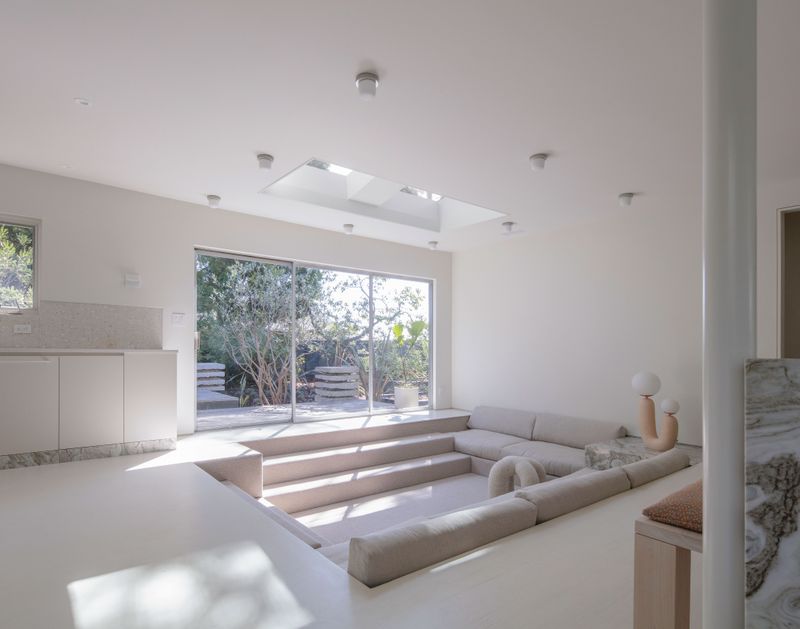
Once the epitome of 1970s sophistication, these conversation pits now present accessibility issues and feel like relics from another era. Their permanent nature makes them difficult to update.
Sunken living areas create awkward transitions and potential hazards. Contemporary design embraces flexible, accessible spaces where furniture arrangement rather than architectural elements defines different functional zones, allowing for easy updates as needs and styles change over time.
22. Mirrored Furniture
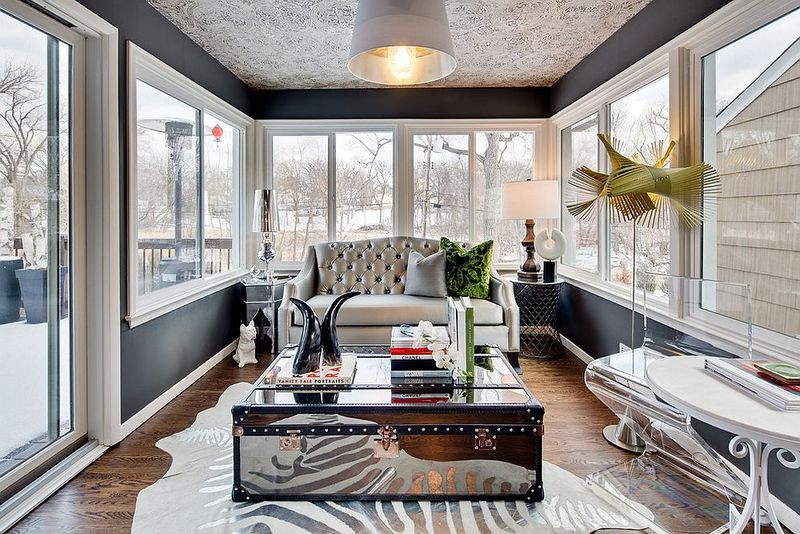
Reflective surfaces on everything from coffee tables to console cabinets quickly show fingerprints and create a dated glam aesthetic. Their flashy appearance lacks the subtlety modern design embraces. Mirrored furniture pieces feel tied to specific trend moments rather than timeless design.
Contemporary spaces incorporate reflection more thoughtfully through properly placed wall mirrors that serve functional purposes like amplifying light or creating depth, rather than covering furnishings in smudge-prone mirrored panels.

